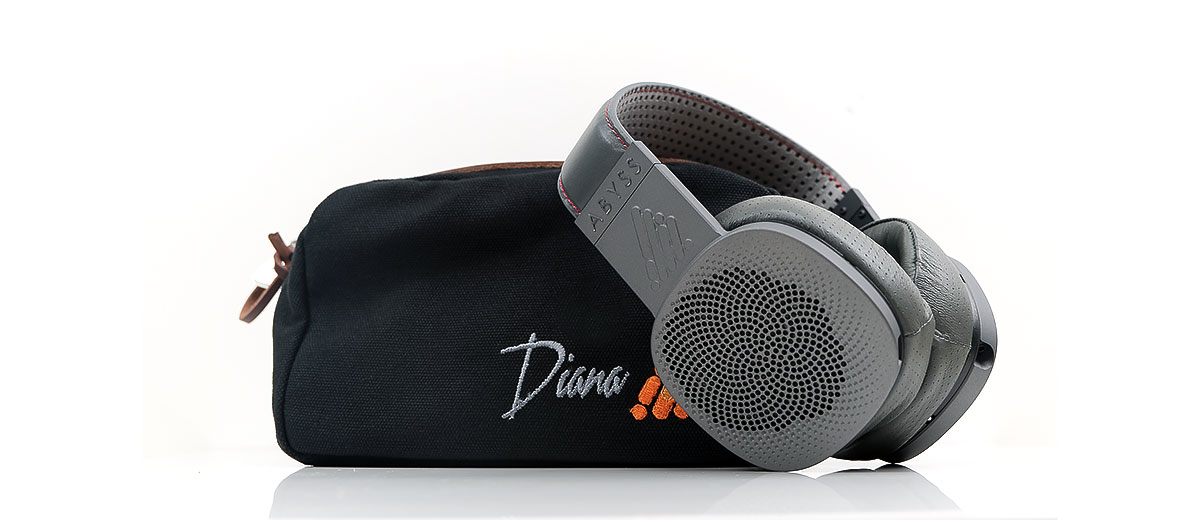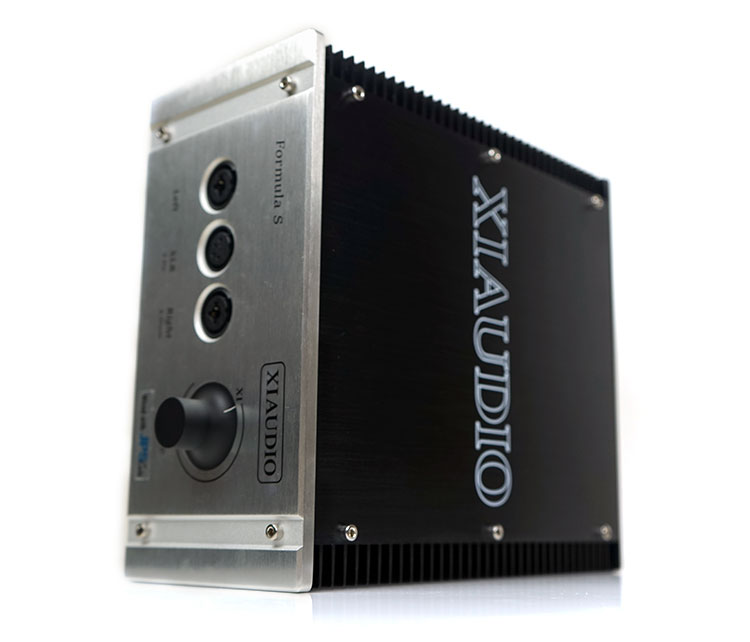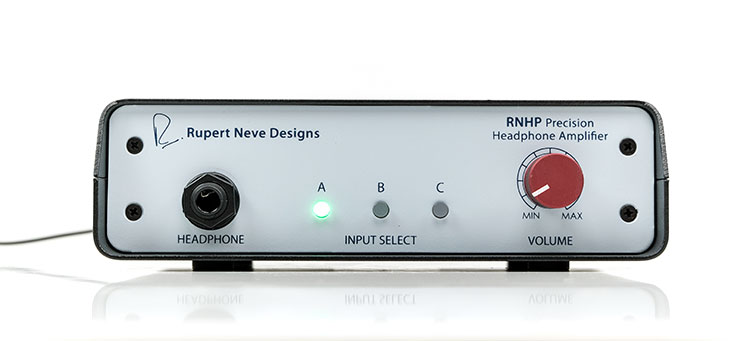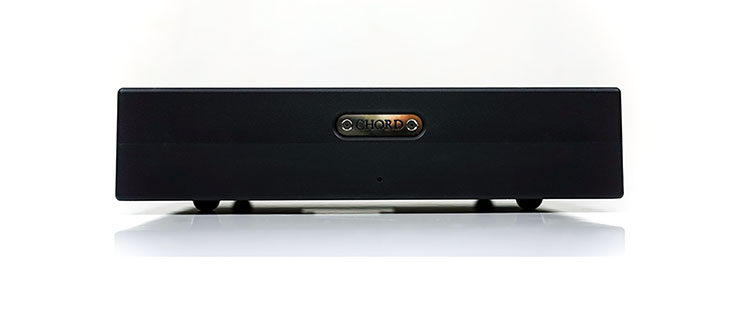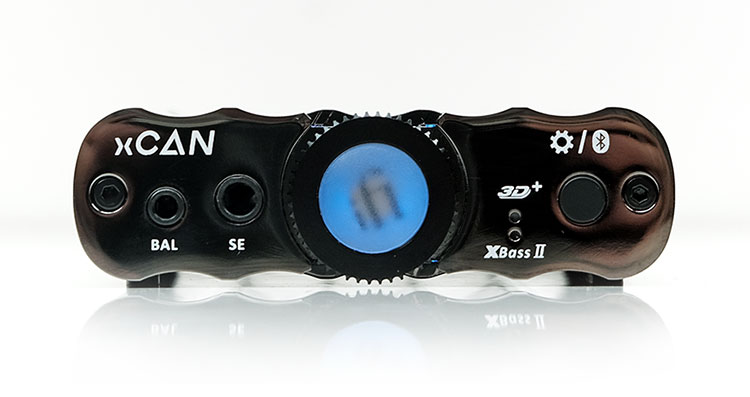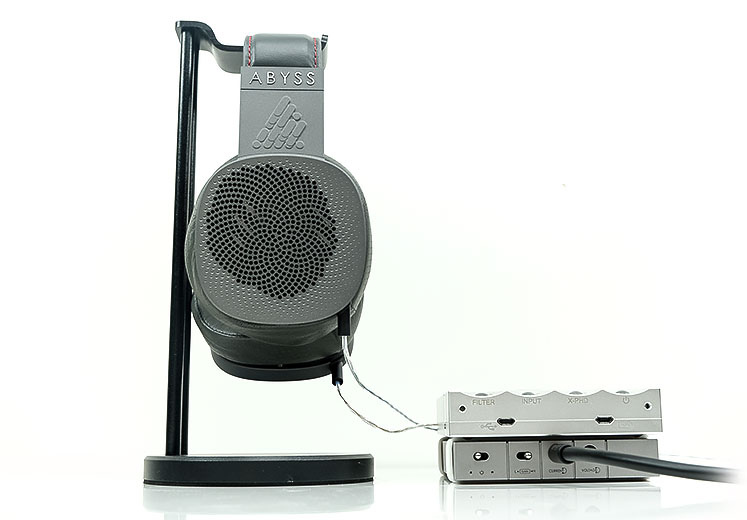Sound Impressions
Summary
The Diana Phi, to my ears, is probably one of the truest sound signatures I have ever heard from a planar magnetic headphone.
What I mean by that is both the tuning in terms of its neutral timbre as well as its insane levels of clarity and detail retrieval. Together, they combine to make the Diana Phi sound incredibly revealing, coherent, and very reference-like in its overall presentation.
The quality is very unique in some ways to the competition. The Diana Phi has neither the aplomb nor power of the D8000 low-end nor the warmth and intimacy of the MrSpeakers Ether 2.
This is an altogether different sound to these competing flagships and one which I find to be an almost perfect complement to the Meze Empyrean’s rich and refined but more languid signature.
The Diana Phi is supremely fast and accurate for a planar magnetic headphone. It has a pace akin to the more expansive, (and expensive), Hifiman Susvara but possesses a neutral timbre and note control closer to electrostatic quality save for that very pure and well-extended distortion-free planar low-end.
A low-end, I might add, which copes remarkably well with just about any amp you can throw at it, even 100W power amps.
This is not a forgiving headphone; it is very revealing and has a high degree of transparency. It will sound flat and a bit trebly when underpowered and it will deliver an unbelievable level of dynamic range and spaciousness with the right amount of power.
In a way, it sort of reminds me of those surprising moments you got with the Hifiman HE6 all those years ago and how it responded to good power but just on a whole different level of technical capability.
Staging
This is a deceptively large soundstage. By that I mean you need to give it some proper amping to tease out the low-end and hear that sub-bass presence otherwise it can seem a little flat.
Also, out of the box with a medium powered amp such as the Auris HA-2SE, the initial tuning seems to deliver a bit more bias to width and height than depth and power. That felt even more to be the case with the 0.5W output of the Lotoo PAW Gold Touch which, in its own right, is quite a neutral sound signature anyhow.
Once you start moving to punchier amps or amps with a lot more output power then you start hearing just how well the Diana Phi’s soundstage can expand outwards and downwards to match that excellent ‘out of the box’ height.
Bass
You may initially find the low-end lacking in presence on the Diana Phi and certainly out of the box it sounds a little light and lean. However, match this thirsty headphone with some quality power and the response from the sub-bass up to 100Hz is just amazing.
I still would not call it full-bodied or warm, it sounds far too linear and disciplined to lose that tight and clean sound. But it does punch hard and fast right down to 20Hz rather effortlessly with a scarily fast rate of attack and decay.
There is nothing smoothed over and soft about the Diana Phi bass response and it transitions very coherently into the lower-mids without having to dip to prevent unnecessary bass bleed.
We felt the best synergy in terms of timbre from a headphone amp was the Formula S from Xi Audio. However, switching to the smaller Rupert Neve RHNP we did begin to notice the level of transparency in the Diana Phi’s low-end performance.
The sound was a little more intimate, perhaps not as expansive with slightly less treble extension but the low-end was more aggressive and punchier than the Formula S presentation.
That transparency and response to power combined to breathtaking effect when we switched to the Chord TToby 100w power amp with a Burson pre-amp. This powerhouse combination raised the sub-bass presence to almost an almost tactile level without a single hint of distortion. An incredibly potent combination.
Mids
Unlike the Empyrean and Ether 2, the Diana Phi midrange is relatively neutral in positioning with only a mild 1-2k bump. It does not have that thick or rich instrumental timbre you find on the two aforementioned headphones, nor does it have a decidedly forward vocal delivery.
Instead, it shoots for a spacious and holographic sounding midrange with incredible instrumental separation and excellent spacing around an accurate vocal tone.
The instrumental timbre is neutral but not lean-sounding. That should not surprise given the Diana Phi’s neutral low-end and good treble extension. The harmonic balance is less euphonic and more about accuracy and clarity.
Sons & Daughters
The imaging is just excellent also and combined with that sense of speed and clarity you can easily pick-up little nuanced cues and excellent detail from brush-stroked percussion interplays in the upper mids right down to slower paced bass guitar twangs.
The Diana Phi refuses to simply deliver one aspect above all others such as vocals and shove everything else behind that element. Everything has its place and space with the Phi’s spacious midrange presentation.
A good example of that statement is Allman Brown’s Sons and Daughters track off his 2017 1000 Years album. This is a sparse sounding duet with Liz Lawrence for the majority of the track over a light acoustical, piano and drum sequence before its crescendo into a wider string assembly mix in the last minute.
Right throughout the track, not a single instrumental note sounded diminished in favor of a prominent vocal focus on the Diana Phi. Yet at the same time, vocals sounded resolutely clear and had plenty of space to breathe without being drowned out by a blue of instrumental noise.
Treble
Fast, articulate, well-extended with plenty of headroom and air. If that is, you pair the Diana Phi with a good amp. This is a fine balancing act because with poor synergy or a bright/underpowered source or amp the Diana Phi can veer slightly to the bright side of neutral and sound a little too lean.
You do not necessarily need an old-time SET tube glow to make it shine. The Diana Phi treble is more than capable of sounding very balanced on good solid-state amps and its core FR does not have that traditional hard-edged planar treble sound that often plagued old-school planar tuning.
Compared with the peppy Final D8000 treble it is more refined and makes the D8k top-end sound somewhat brittle by comparison. Percussion does retain a forward presence on the Diana Phi but the harmonic balance is just right so it is crisp and clean with plenty of bite but does not veer into sounding splashy.
I suspect that its FR is energetic and elevated but quite evenly balanced in terms of peaks and dips right up to around 8k.
Synergy
We tested the Diana Phi with a wide range of source and amps both portable and desktop. On the digital side, our selected DAC’s included the new and very impressive Yulong DA10, Chord’s Qutest and the Oppo Sonica DAC, all set to a fixed 2V line-out output.
On the analog side, we used the Xi Audio Formula S, Rupert Neve’s RHNP and the tube-decked Auris Audio HA-2SE.
Out of the three headphone desktop amps, the Formula S is the most powerful with the RHNP the least but do not let the specs fool you, the RHNP is a very impressive performer. We even threw in the Chord TToby power amp with some surprisingly good results.
Desktop
The Diana Phi is rated at 31Ω and 91dB SPL. This is not an efficient headphone for current and whilst I would say high-powered DAPs such as the Cayin N8 and the Lotoo PAW Gold can cope on high gain and using a balanced output, the true magic of the Diana Phi lies with desktop amping of a higher caliber.
Compared to most recent planar releases outside of Hifiman’s Susvara and the older HE6, the Diana Phi is perhaps one of the more demanding planar headphones out there.
Xi Audio Formula S
Certainly, the current gap between the Diana Phi and the Meze Empyrean/Final D8000 was substantial, even on our flagship Formula S amp setup. These two have SPL ratings of around 98-100dB and you can hear it right away. Even with the MrSpeakers Ether 2 which we think is about 94dB, there is still a decent gap in volume matching.
The synergy is almost perfect with the Formula S. It trades off a little aggression that I found in the likes of the Violectric V281 and the warmer pocket rocket RHNP for a more graceful sweeter timbre, a slightly neutral instrumental positioning, and some amazing dynamic range. Importantly, it loses not one iota of speed which is critical for a good Diana Phi performance.
The imaging on the Diana Phi with the Formula S/Qutest combo is first class but it does it without the aid of cheap forward or aggressive treble parlor tricks. The timbre is so very natural and easy on the ear and makes a mockery of the Diana Phi being considered a bright sounding headphone.
Rupert Neve RHNP
What surprised me was how well the little Rupert Neve RHNP coped with the Diana Phi despite having far less power on tap compared to the Formula S.
The paper rating for the RHNP is 230mW into a 16Ω load so you have to think sub-200mW for 32Ω upwards but it doesn’t seem to diminish this stellar pairing’s dynamic range or volume headroom, not in the slightest. You are talking half a dial’s worth of current on a 2V line-in from the Yulong’s RCA unbalanced output. Impressive stuff!
Tonally, this is a more intimate and full-bodied sound than the Formula S. The resolution and dynamic range are excellent with this pairing but just a shade behind the superb black background and spacious sounding Formula S. I would say a little closer to the Auris HA-2SE with its slight even harmonic bias.
You also get a more intimate soundstage with an enhanced vocal presence and a punchier more forward low-end with the Diana Phi/RHNP. This was a pairing I enjoyed immensely with blues vocalists such as Joanna Connor and Seasick Steve that often grab the center stage with nothing but a single acoustic guitar for accompaniment.
The Formula S did deliver a touch more treble extension compared to the RHNP but given the price difference, it is hardly a quibble and to be frank this is a great value combination.
Auris HA-2SE
The Auris HA-2SE at 1W into a 32Ω performs just fine with the Diana Phi which should not be as much of a surprise as the RHNP performance. You get a stack load of current headroom with 1/3 of the dial used on the HA-2SE’s 100Ω output impedance setting.
Why not use the 50Ω setting? I just find the timbral balance using the Diana Phi to be a bit lifeless. The 100Ω has a tiny bit more warmth and body. A personal preference if you will.
The overall timbre is ‘juicier’ or richer than either the RHNP or the Formula S. The pairing is also much more analog sounding in nature than either of the two solid-state alternatives.
You get a little off the top-end in terms of pure speed and instead, you get a more intimate soundstage, more vocal presence, and a richer full-bodied even harmonic overtone on the instrumental timbre.
It is eerily relaxing yet immensely detailed with the likes of John Mayer’s ‘whispery’ and breathy tones. We almost had his 2009 Battle Studies album on an eternal loop with this combo.
Chord TToby
Yup, a 100w speaker power amp paired with a Burson Play Classic opamp combo for preamp and DAC duties. Out of the rear is the Hifiman HE-Adapter going from a speaker binding post to a single 4-pin XLR.
The Diana Phi can handle that level of power with no issue with the Burson Pre-amp. The tonality is fairly neutral and punchy, even with the Burson Play’s smooth mid-centric Classic opamp mix. You get an incredible level of clarity and a pacy yet precise sound.
The black background from this pairing and the level of dynamic range with this type of power on tap are just blindingly good with the Diana Phi. The low-end from the TToby pairing was perhaps the most potent in terms of detail and sub-bass power I have heard out of any full-scale setup to date.
Portable
This is going to be a harder pairing unless you aim specifically for DAPs with a good voltage rating or an output power spec of about 0.5mW upwards.
You should consider going 2.5mm on your stock cable with a 4.4mm aftermarket adaptor or a second Diana cable with a 4.4mm jack for flexibility to maximize the potential of anything small and portable with balanced outputs.
DAPs
The Lotoo PAW Gold Touch and the Cayin N8 had the best synergy on our tested DAPs in terms of dynamic range with perhaps the N8 coming out a little ahead of the LPGT for timbral warmth and low-end body.
The Touch was ahead for pure detail and speed though a much more neutral or drier tone and less bass weight. Which way you go will come down to personal preference.
The LPGT had no issues with the current going balanced high gain but not quite the same level of dynamic range and sweetness as our desktop setups. The Diana Phi will scale very well indeed but is behaved enough to give you a good performance on these two DAPs.
The Sony 1Z unbalanced output didn’t deliver for us, simply not enough power. The balanced output was much better (4.4mm) but it was still very close to its highest output level for comfortable listening levels.
The dynamic range was ok and if you like a slightly full-bodied low-end then it does rather well in that regard. However, something about the Sony 1Z/Diana Phi treble pairing didn’t sound quite as natural as I would have liked. Somewhat digital would be the best way to describe it and that’s more to do with Sony than Abyss.
Portable Amping
On the more affordable side, I loved the iFi Audio xCAN’s balanced output performance with the Diana Phi. This is a 1W into 32Ω analog amp performance and paired with the LPGT in lineout balanced you can basically deliver a fully balanced system to the Diana Phi.
And it shows with a punchy and very nicely defined low-end (using XBass II & 3D+) that retains plenty of desktop-like speed, a very black background, and more than acceptable resolution.
Out of the portable sources tested the xCAN delivered the most muscular and fun low-end performance from the Diana Phi. Still very much a solid-state sound but a very enjoyable one at that and one that is perfect for modern pop, RnB, and EDM with the Diana Phi.
Current mode
Just have to give a shout out to my old current mode Bakoon HPA-01M portable amp. Paired with a good lineout, such as the Chord Hugo 2 and using high-gain, the clarity, pace, and headroom are immaculately delivered making it one of my favorite portable setups with the Diana Phi.
Unless you switch to voltage mode, this pairing is decidedly neutral and linear in its delivery which the Diana Phi laps up. Switch to voltage mode if you need a bit more bass bloom in your presentation but honestly, I much prefer the Diana Phi with the cleaner current mode.
Sadly, Bakoon does not make the HPA-01M anymore which is a shame because its current mode tech is ideal for planar headphones rather agnostic shrug at amp impedance ratings.
Click on Page 3 below for Comparisons and our verdict

